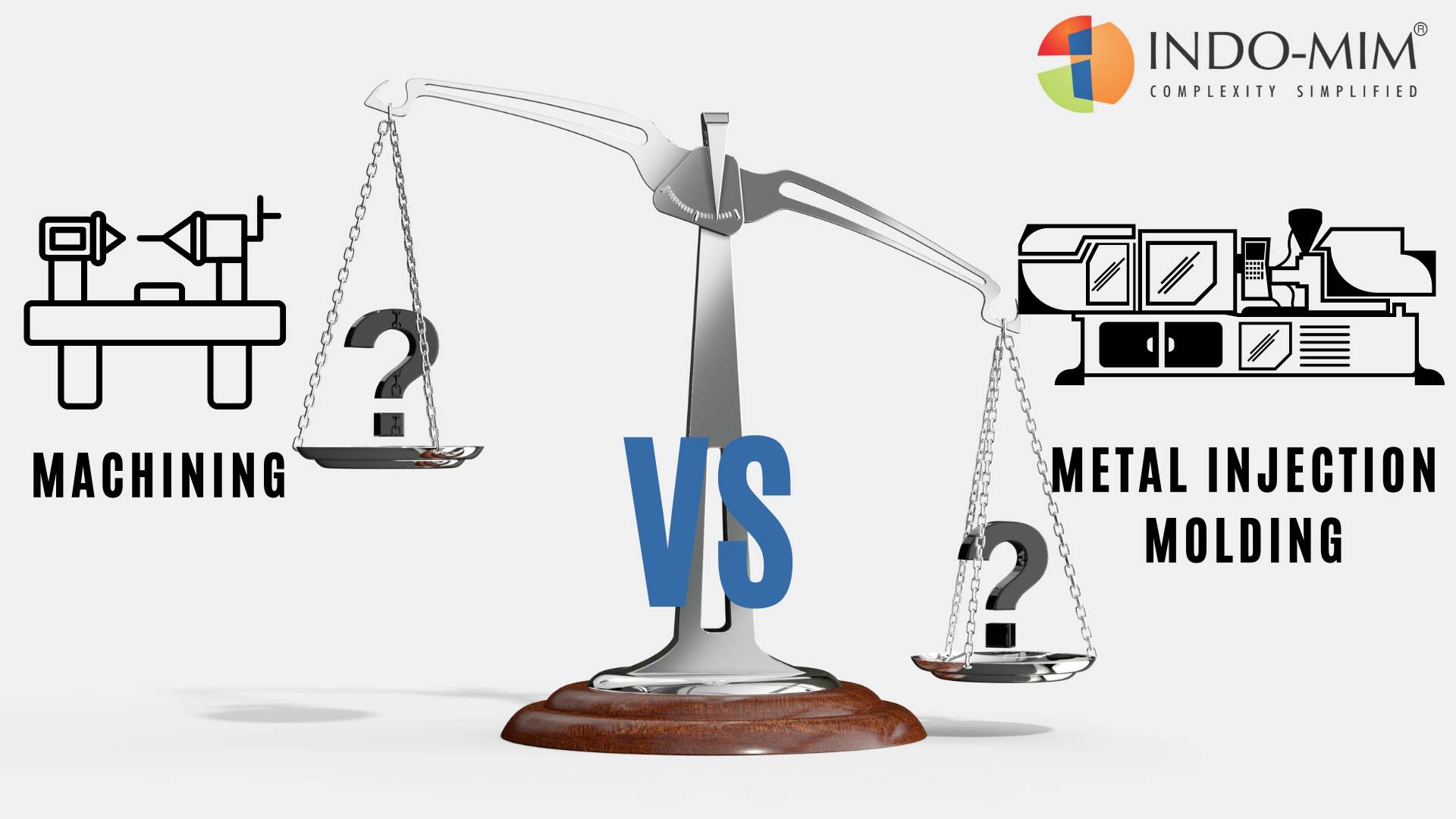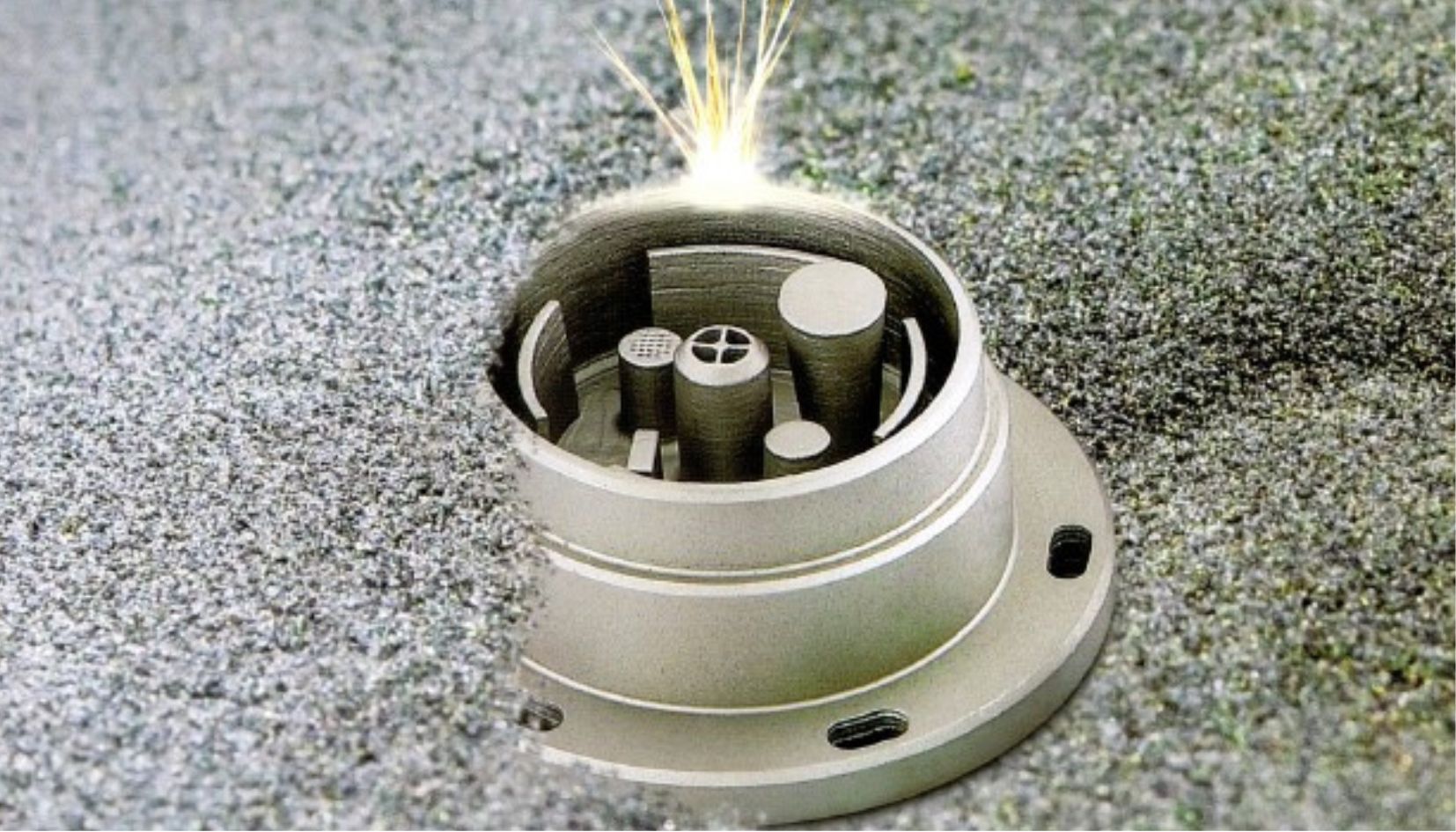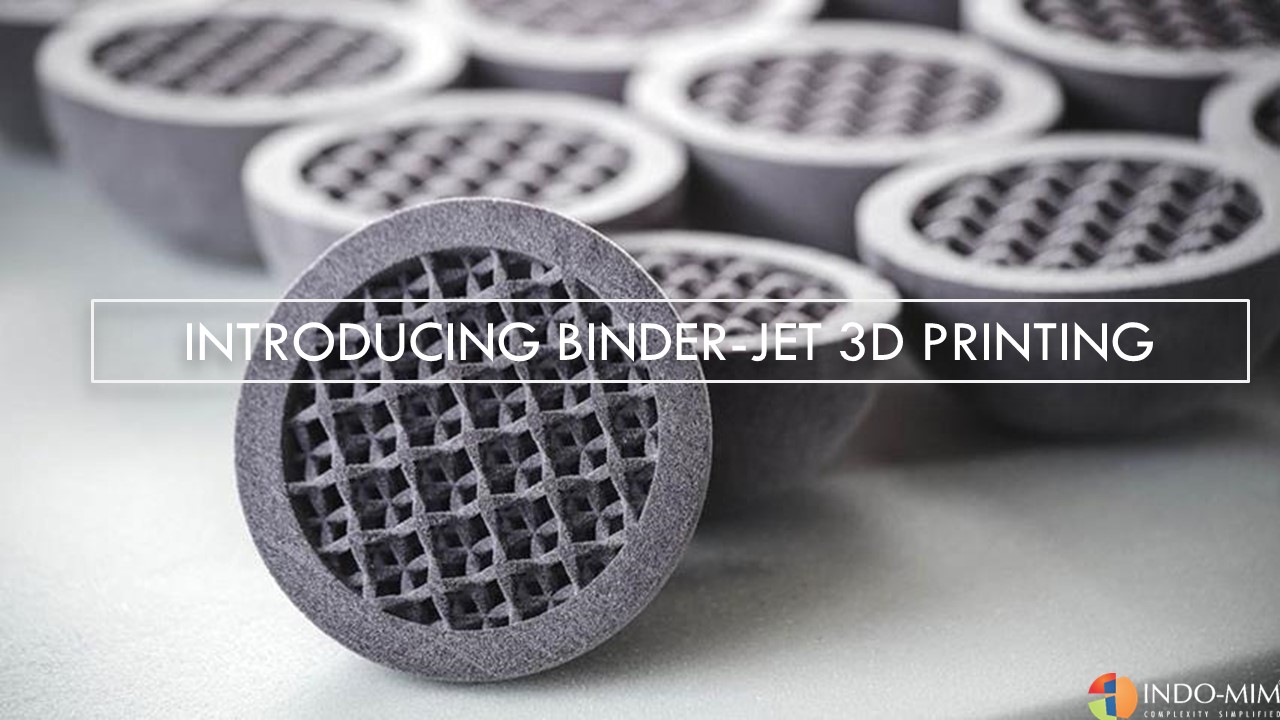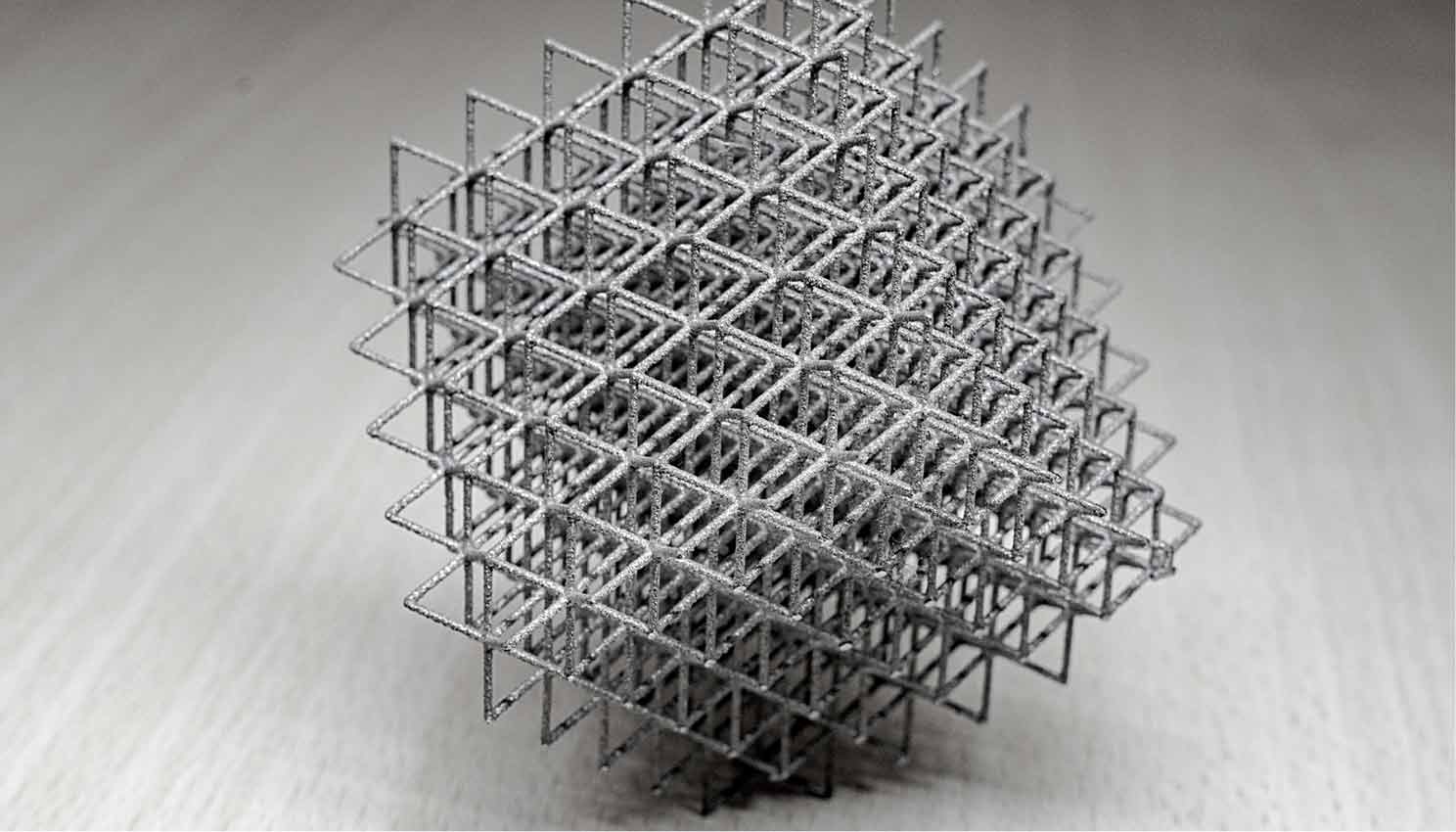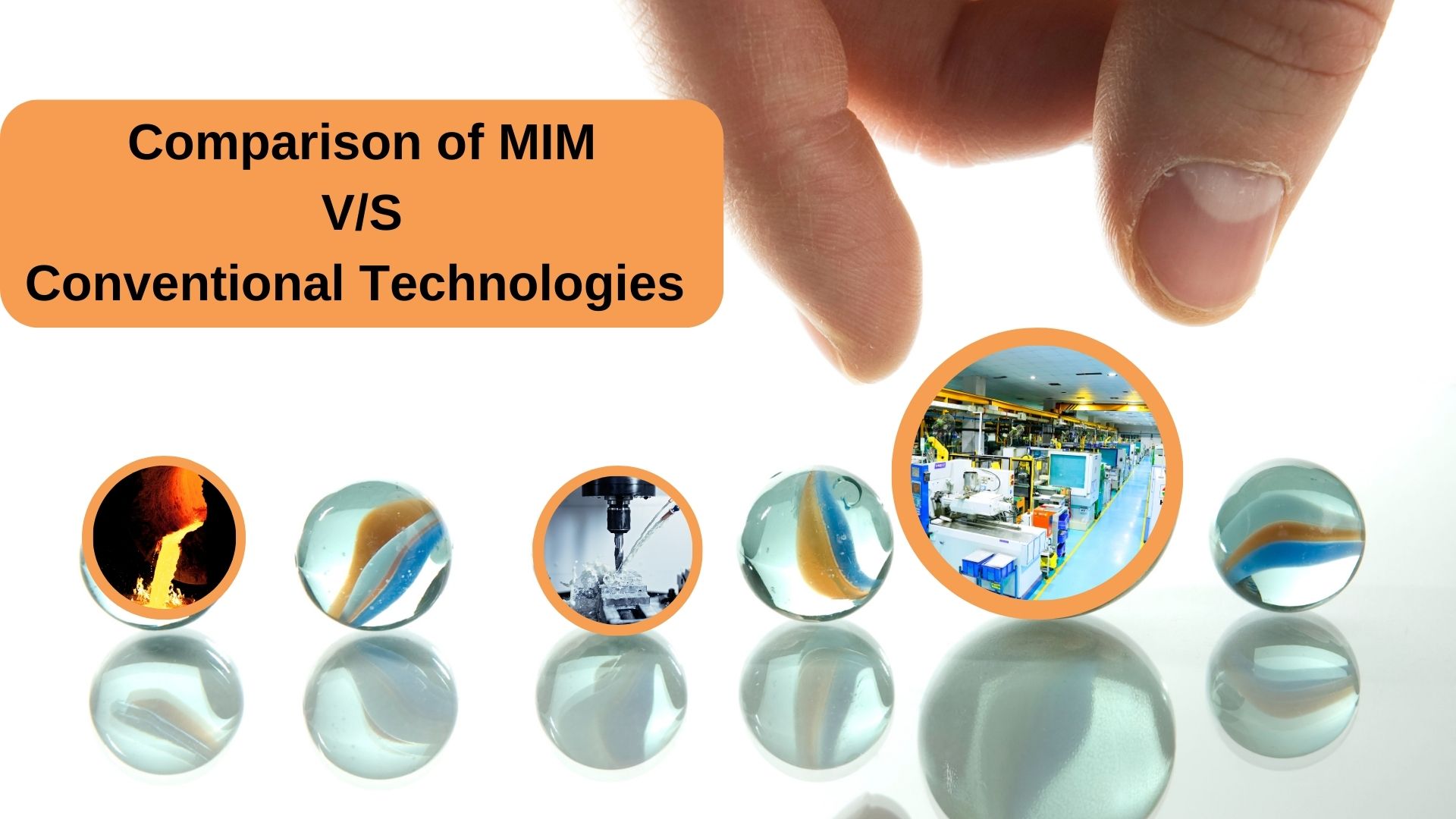Metal Injection Molding (MIM) vs Machining Process
Are you looking to manufacture metal parts but confused between two popular methods – metal injection molding (MIM) and the machining process? choosing the right one for your needs can be a bit tricky. Let’s dive deeper into this topic and compare the MIM process with the machining process, highlighting their differences and discussing their respective benefits
Metal Injection Molding (MIM) is a combination of Plastic injection molding and powder metallurgy. This process involves mixing metal powders with a binder material to create a feedstock that can be molded into the desired shape. The molded parts are moved debinding process to remove the primary binders and later in the sintering process, we will heat at high temperatures to remove the secondary binder and fuse the metal particles together.
MIM can produce highly complex and precise parts with excellent mechanical properties and a high degree of consistency. It is also a cost-effective process for producing high volumes of small to medium-sized parts. MIM has several advantages over traditional manufacturing methods, including the ability to create complex geometries, high production rates, and improved material utilization.
Advantages of Metal Injection Molding:
- Complex Geometries: MIM can produce highly complex and intricate shapes with a high degree of precision and consistency, which may be difficult to achieve using machining. This can be particularly advantageous for producing parts with intricate internal features, such as gears or fluid channels.
- Lower Cost for High-Volume Production: MIM can be a cost-effective process for producing high volumes of small to medium-sized parts. The process is highly automated and can produce large quantities of parts with minimal labor, reducing production costs.
- Consistency and Reproducibility: MIM produces parts with a high degree of consistency and reproducibility, which can be advantageous for applications that require consistent performance across many parts.
- Material Selection: MIM can produce parts from a wide range of materials, including stainless steel, titanium, and other specialty alloys. Machining can also produce parts from a wide range of materials but may be limited in terms of the size, complexity, and number of parts that can be produced
- Environmental Benefits: MIM can produce less waste material than machining, as the excess feedstock can be recycled and reused. This can be advantageous for applications where environmental sustainability is a priority.
Machining is the traditional manufacturing technology that involves cutting away material from a larger piece of metal to create a part.
Disadvantages of Machining:
- Limited Complexity: Machining is limited in its ability to create complex geometries and thin-walled parts. So, if you’re looking to manufacture intricate and delicate parts, machining might not be the best option.
- More Material Wastage: Machining results in a significant amount of material waste, as the material is removed from a block of raw material. So, if you’re looking to optimize your production and minimize waste, machining might not be the most efficient choice
- Higher Lead time: The machining process required more lead time for higher volume as compare to Metal Injection Molding
- Higher cost for complex profile: The machining process is not economical for the complex profile with the high volume.
Benefits of Metal Injection Molding:
- Medical Devices: MIM can be used to produce complex and intricate components for medical devices, such as surgical instruments, implants, and orthodontic brackets.
- Aerospace and Defense: MIM can produce parts for aerospace and defense applications, such as fuel system components, engine parts, and missile guidance systems.
- Consumer Products: MIM can produce small and complex parts for consumer products, such as locks, hinges, and electronic components.
- Automotive: MIM can produce high-strength and wear-resistant parts for the automotive industry, such as gears, pulleys, and valve guides.
To know more about MIM advantages, please click below link,
https://mim.weboptify.com/metal-injection-molding-advantages
In conclusion, the choice between metal injection molding and machining depends on several factors, including part complexity, production volume, material selection, and cost. MIM is a better option for creating complex, small, and intricate parts, while machining is more suitable for larger parts or parts with simple geometries. Ultimately, the choice between the two depends on the specific needs of the application, and manufacturers should carefully evaluate both methods before making a decision.

